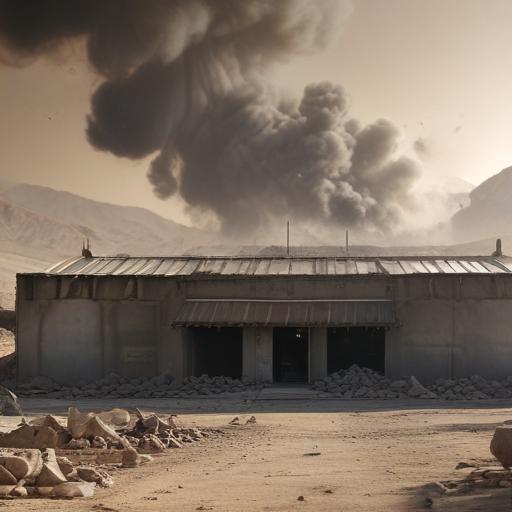A newly released preliminary classified U.S. report reveals that the recent airstrikes targeting Iran’s nuclear facilities have only temporarily hindered the country’s nuclear program. According to officials familiar with the findings, while the attacks effectively sealed off entrances to three key sites—Fordo, Natanz, and Isfahan—the underground structures themselves remained intact, leading to only a minor delay in Iran’s nuclear ambitions, estimated to be less than six months.
Prior to the strikes, U.S. intelligence estimated that Iran could potentially produce a nuclear weapon within three months if it chose to accelerate its program. Despite the assault by American and Israeli forces, much of Iran’s stockpile of enriched uranium had been relocated before the strikes, suggesting that the damage to their nuclear capabilities was limited. Israeli officials have also suggested that Iran likely has maintained smaller underground enrichment facilities to circumvent the impact of such attacks.
Damage assessments indicate that the site at Natanz sustained the most significant destruction, although the extent of the damage has prompted skepticism regarding claims made by President Trump that Iran’s nuclear capabilities were “obliterated.” Current and former military officials have noted that a more sustained bombing effort would be necessary to thoroughly eliminate the threat posed by the deeply buried Fordo facility.
Defense Secretary Pete Hegseth defended the bombing campaign, insisting it worked as intended. The Pentagon has warned that while immediate damage has occurred, it remains “way too early” to determine the full impact on Iran’s nuclear infrastructure.
As lawmakers prepare for briefings concerning the strikes, discussions around the effectiveness and strategic outcome of the air campaign continue, with some officials fearing that it may have undershot its objectives.
In a broader context, this situation highlights the complexities of military interventions for the perception of success versus the reality of operational outcomes. As assessments evolve, the world watches closely to see how Iran will respond in the wake of these attacks and what implications they may have for regional stability and security.
This situation offers a reminder of the unpredictable nature of military actions, and that while concrete steps are taken, long-term resolutions require continued diligence and strategic planning.
